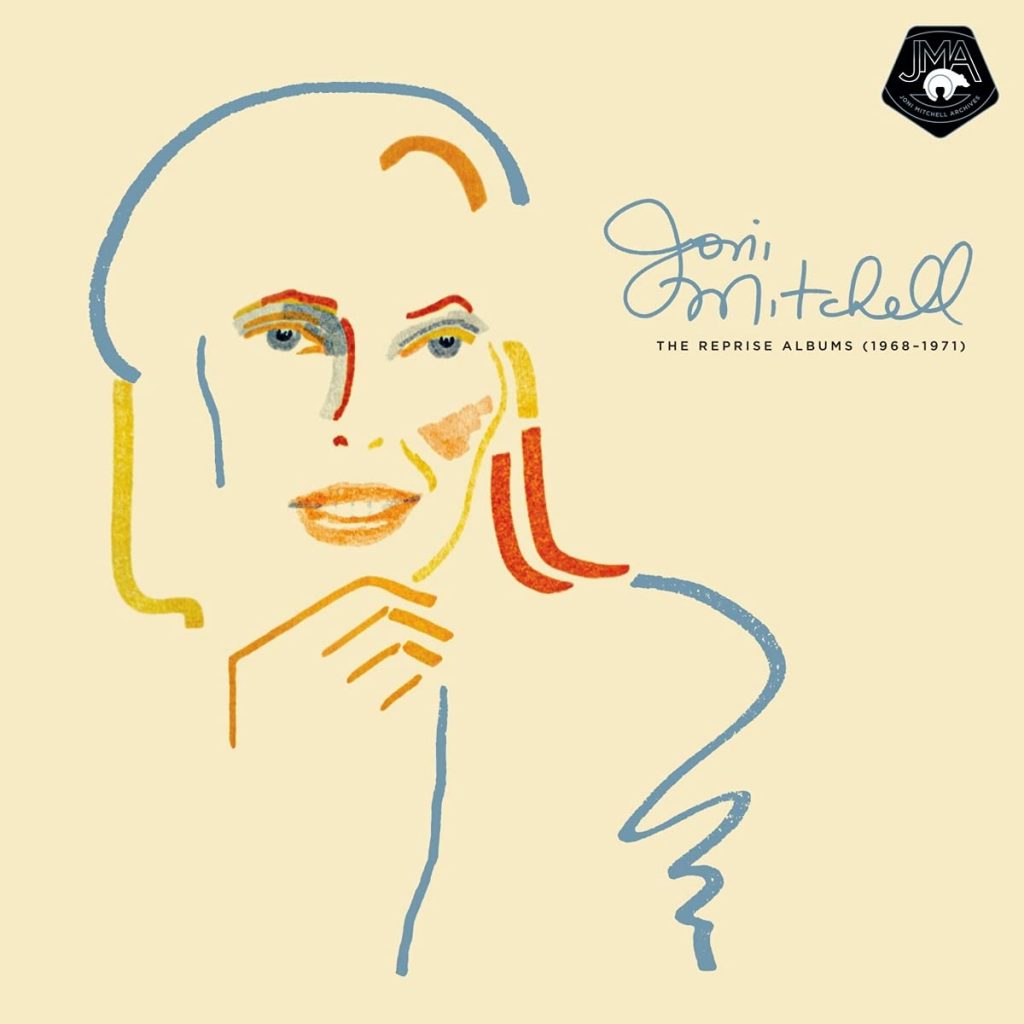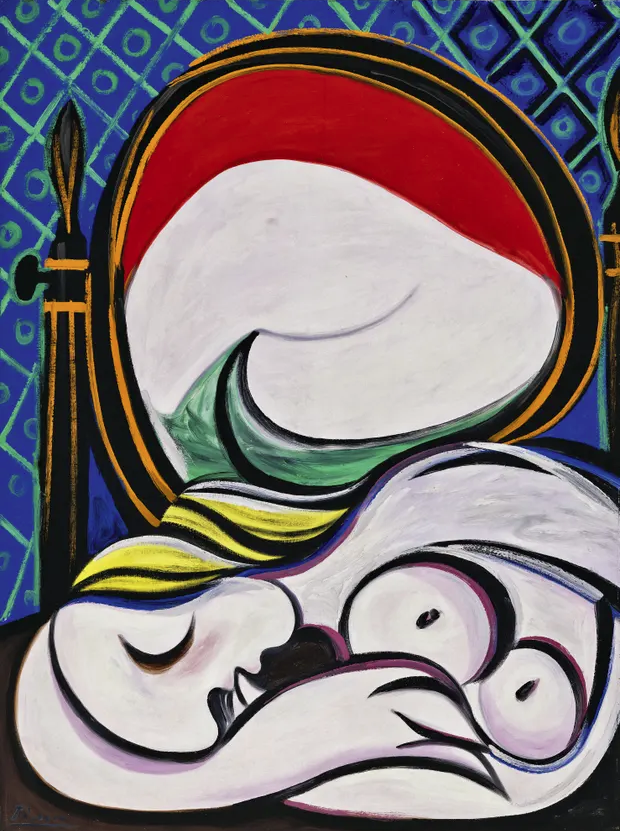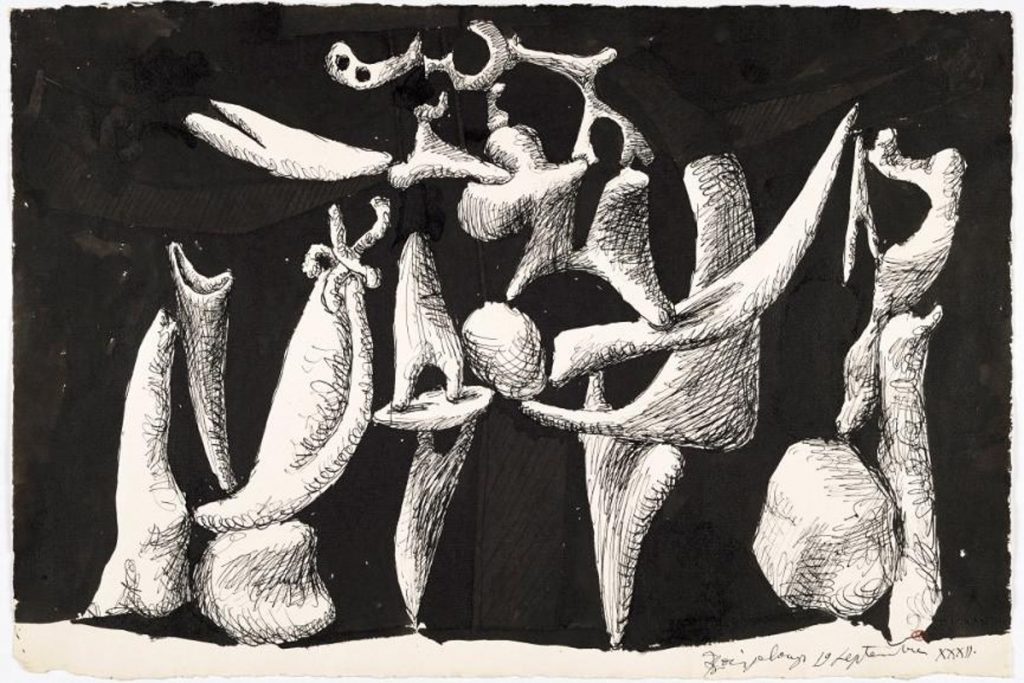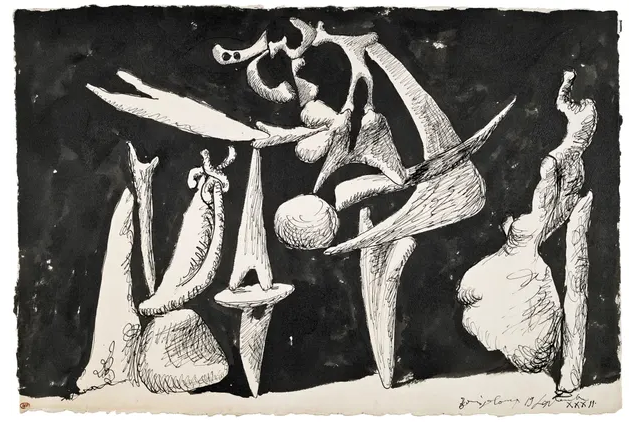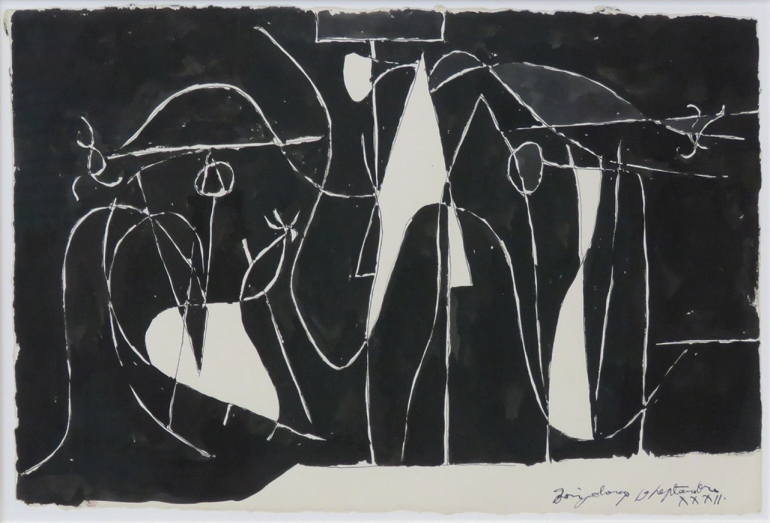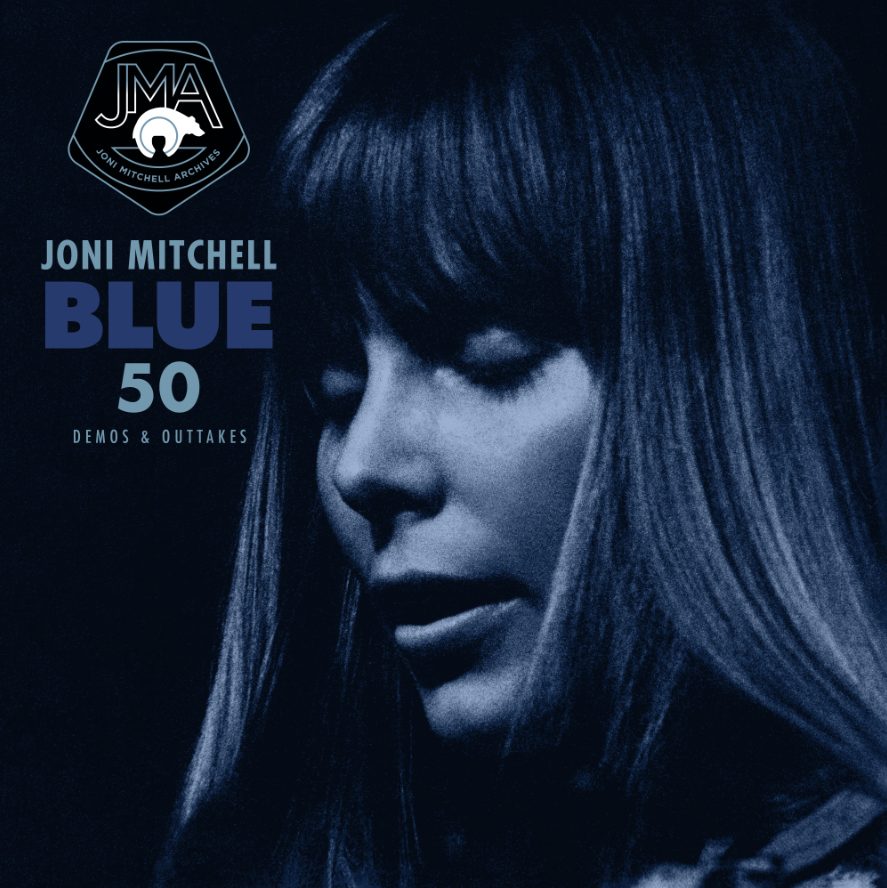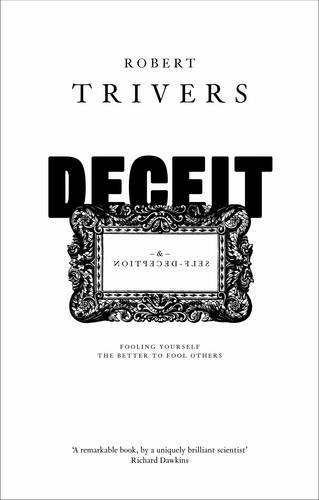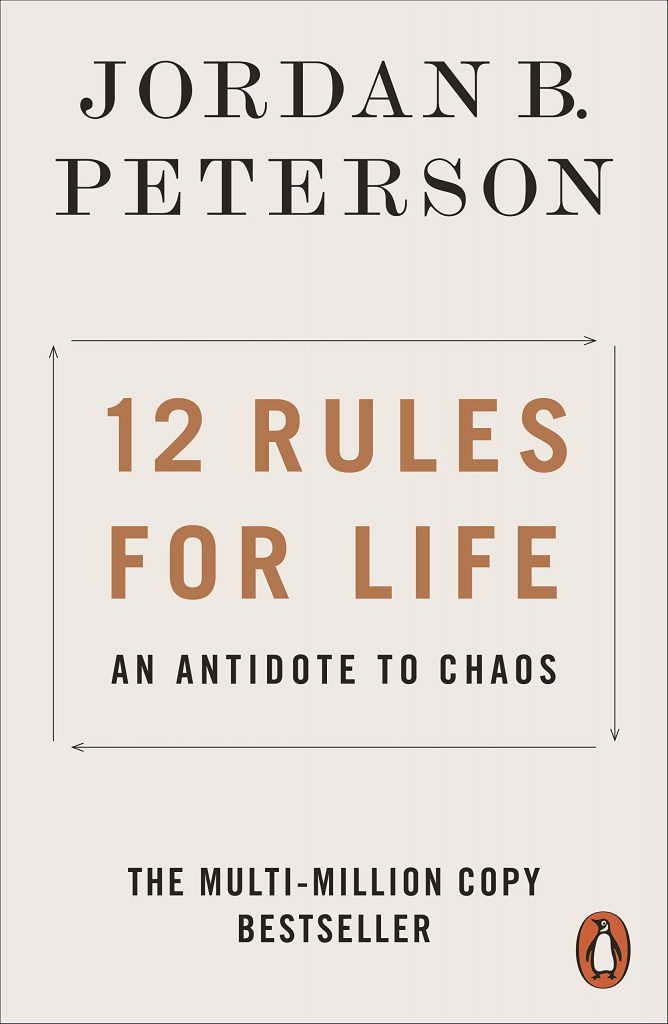

Hmm!?
I saw Jordan Peterson talking, and very well I thought, in several online videos. So I thought I’d try this book. The subtitle also appealed, as I feel that my life would benefit from more clarity, order and structure.
Before I’d even started reading it, however, a post on Facebook about the fact I was thinking about reading it drew a shocking level of opprobrium. I was, frankly, rather surprised at how much hatred for JP there is amongst my peers, many of whom clearly see him as a reactionary right-winger. I hadn’t got that impression myself, from the online stuff I’d seen.
However, having now read about three-quarters or so of this book, I think I’m beginning to get glimpses of what all the fuss is about. But for me it’s not any alleged traces of ‘alt-right’ type thinking, but his love affair with the Bible and Christianity that I find most bizarre. And his is not a Bible-belt fundamentalist reading of Christianity, but a myth as poetic or philosophical insight type reading. I’ll be returning to this strand throughout.
Most of what he’s saying about things like the depth of conditioning on humanity of long-term evolutionary traits, I still find strike me as very sound. But the way in which he continually goes back to Christian texts and myths for parable style ‘wisdom’ baffles and disappoints me. Is it in part the context? Is modern Canada as Bible-bound as the US?
I think he takes on certain flaky contemporary sacred cows of the left quite admirably, at least online, coolly, calmly – and very reasonably – showing that some of the assumptions in such trains of thought are, frankly, well off the rails. Whilst he does attend to this theme here, that’s not what this book is really about.
The fact that because he’s attacked an institutionalised part of the academic left he has, I’m told, become a darling of some on the right IS an issue for me. But I’ve not heard him espousing the lunatic views of many of the alt-right morons who, it is alleged, seem to want to claim him. Indeed, I’ve not even encountered very much of this ‘darling of the alt-right’ phenomenon either – a little, yes – which so clearly upsets most left-ish folk I know.
Anyway, Peterson’s continual harping on Christian lore/mythology and a few other things – he seems to take an almost sadistic pleasure in running down the assumed subject/reader* – have seriously dented the enthusiasm for JP I initially felt after seeing him talk online.
At the point in time at which I’m writing this, this book seems to me, as far as I can tell, to be neither the great font of wisdom it’s admirers make it out to be, nor a particularly pernicious right wing or conservative attack on left-ish or progressive culture.
There is some wisdom in it, chiefly around confronting reality honestly and taking personal responsibility. But that’s hardly new or unique. It is, as I’ve said a few times now, the highly selective reading/interpretation of Christian themes that most puts me off.
At this point I’ve run out of steam, with the book unfinished. And I don’t feel compelled to continue right now. So, all in all, I can’t honestly recommend 12 Rules. Not right now, at any rate.
*A classic bullying ‘deconstruct to reconstruct’ (my phrase!) approach, as used everywhere from families to corporations to cults. Often inferred via the currently trendy term ‘gaslighting’.

Having said all of the above, in fairness to the book and it’s author, I feel I ought to address his ‘12 Rules’ directly. I found the above image listing his rules when searching for the cover image.
Some of them, such as the first four seem eminently sensible, and just ‘common sense’ forms of self-respect. Rules VI-VIII also seem very wise, in a simple homely way. The two about kids I’m slightly less clear on. The first, V, I’ve read and broadly agree with, the second, XI, I haven’t read yet, so can’t really comment on. Although I deal with kids all the time in my teaching work, we don’t have kids of our own. So chapter five felt odd, as it’s so clearly addressed to parents. Of course there is transferable knowledge here, but… well, let’s move on.
Rules IX and X are, in my view, both wise and advisable as principles for discussion. And JP seems particularly good at precision of speech, rule X, himself. I must confess he doesn’t come across so strongly re Rule IX, in the public debating I’ve seen him in.
Rules XI and XII are both in the chunk of the book I’ve not as yet read. So I can only address them in the broadest and vaguest of terms: Rule XI I’ll leave for now, and only address (although I can guess at the gist of it) once I’ve read the relevant chapter.
Rule XII I feel a little safer considering, despite not yet having read the chapter that fleshes it out. Once again it seems like a simple bit of inoffensive homely wisdom, with – I’m guessing/assuming – roots in the simple value of enjoying the moment. And as folk with a pet cat, the joys of interacting with a funny little furry critter are abundant and plain to see for me already.
So, given very little in the 12 Rules list seems controversial or politically charged, why all the left wing hostility for JP? I believe that stems from how he rose to prominence as an internet sensation, in the context of Canadian legislation (or possibly just proposed legislation?) around ‘politically correct’ behaviour in public discussion of gender identity and terminology.
It’s my view that there’s something of a leftist knee-jerk reaction against JP that throws several babies out with the bath water. Which is a pity. Having said that, it might also be true that JP may actually belong to an intellectual tradition all too easily adopted or co-opted, even if mistakenly so, by certain sections of the political right.
It’s my view that a lot of so called ‘new-atheist’ and modern evolutionary writers/thinkers are occasionally enduring similar rather harsh and largely unfounded allegations of being in cahoots with forms of Spencer-ian versions of ‘social Darwinism’. Leftist attacks on JP seem to partake of the same essential dynamic. But this is all a bit off-topic, tbh, re 12 Rules (so far), and is stuff I address elsewhere here on my blog.
In conclusion then, there seems to be, for some potential readers of this, too much associated political baggage. That’s not entirely the case for me, even now I’ve become aware of it all. If taken purely for what it is, the elucidation of 12 principles for living, the book comes out better. If, however, you do believe that JP is a standard bearer for a form of neo-con or alt-right way of thinking/living, then that is a serious enough issue to give pause for thought.
Personally I feel that JP has some wisdom and insight from which I can benefit, but is also too in thrall to what one might call the Western Christian tradition. What forms of conservatism I do glean from him, at least via this book, are not of the repellently racist and frankly fascist kind that grew like rampant weeds so much under Trump, but rather of a, for the most part, quite reasonable variety.
But here we could very well get into tricky territory, as regards such topics as family cohesion vs individual rights and freedoms. But once again, this is to wander further afield than the main scope of this book (although he does touch on such stuff).
So, to sum up, despite the fawning praise of the acolytes, and the ‘damn his eyes’ of the detractors, JP is clearly an interesting if divisive figure, whose views clearly touch certain contemporary nerves. But, rather oddly perhaps, 12 Rules isn’t really as controversial as all that.
There’s some wisdom here, and also views or assumptions one might challenge or plain disagree with. But the book is neither a new Bible (12 Rules/12 Commandments!?) nor a new Mein Kampf.




